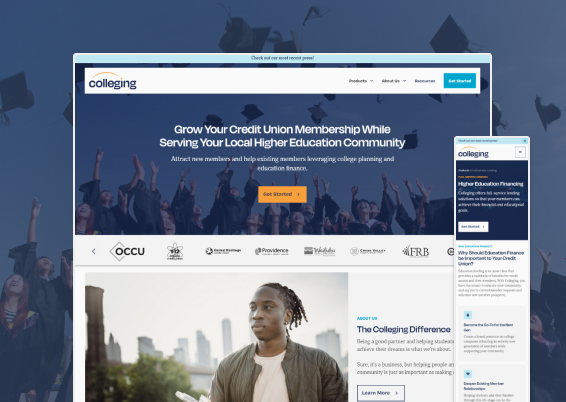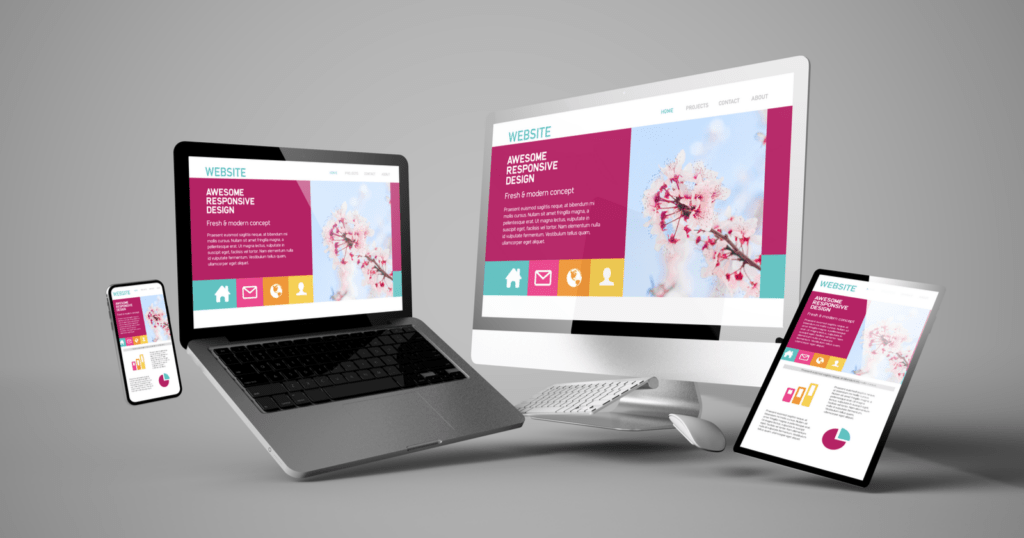Essential Elements for Creating a Memorable Website Design
Essential Elements for Creating a Memorable Website Design
Blog Article
The Power of User-Centered Website Style in Expanding Your Online Target Market
Reliable layout principles-- such as intuitive navigation and ease of access-- are vital in fostering customer complete satisfaction and commitment. What techniques can organizations take on to guarantee their styles reverberate with individuals and inevitably drive growth?

Recognizing User-Centered Style
User-Centered Design (UCD) is a basic technique to site development that focuses on the requirements, preferences, and actions of end individuals throughout the design process. This technique stresses comprehending individuals deeply-- through study techniques such as meetings, studies, and usability screening-- to create a website that reverberates with them. By including individual comments at every phase, designers can ensure that the last product straightens closely with customer expectations.
UCD promotes iterative style, where models are evaluated and improved based on customer interactions and experiences. This cycle not just enhances functionality but likewise fosters a feeling of ownership amongst customers, as they feel their input is valued and impactful. Furthermore, UCD aids identify possible barriers and discomfort points in the user trip, allowing developers to attend to these challenges proactively.
Eventually, welcoming UCD causes sites that are a lot more instinctive, appealing, and effective. By putting customers at the center of the layout procedure, companies can create digital experiences that not just bring in but likewise maintain their target market, driving greater fulfillment and commitment. In a competitive online landscape, this method is crucial for achieving sustained success.
Key Principles of Customer Experience
A successful user experience (UX) pivots on numerous key principles that direct the style procedure and enhance communication between individuals and the internet site. Usability is critical; the site should be intuitive, allowing users to browse conveniently and locate info rapidly. This includes clear labeling and a logical structure that decreases cognitive lots.
Second of all, availability plays a critical duty in making sure that all individuals, no matter their abilities or handicaps, can efficiently engage with the website. Incorporating alt message for photos, key-board navigating, and screen viewers compatibility promotes inclusivity.
Consistency is an additional crucial concept. A natural style language, from color design to typography, aids users construct experience and count on with the internet site (Website Design). It likewise reinforces brand name identity
Moreover, responses systems are essential. Individuals should get clear and immediate responses to their activities, whether with visual signs or confirmation messages, which enhances their self-confidence in navigating the website.
Lastly, mobile responsiveness can not be forgotten. With an increasing variety of individuals accessing web sites by means of mobile gadgets, a design that adapts seamlessly to different display dimensions is crucial for preserving a favorable customer experience.

Advantages for Online Engagement
Effective online involvement supplies various benefits that can significantly enhance a web site's overall performance - Website Design. By cultivating meaningful interactions in between customers and the website, companies can grow a loyal audience that returns with regularity. Engaged users are most likely to share content, thus enhancing natural reach and attracting brand-new site visitors with word-of-mouth promo
Boosted online involvement also brings about boosted individual satisfaction. When individuals discover a web site that reverberates with their demands, they are more likely to discover its offerings extensively, which can bring about higher conversion rates. In addition, appealing content urges customers to invest more time on the website, minimizing bounce prices and positively influencing online search engine ranking algorithms.
In addition, effective interaction offers indispensable insights right into individual preferences and actions (Website Design). By examining user interactions, organizations can customize their web content and design techniques to satisfy the evolving assumptions of their target market. This flexible strategy not only boosts interaction but also enhances the brand's reputation as responsive and user-centric
Ultimately, focusing on online interaction via user-centered layout produces a growing ecological community where both the company and the target market benefit, resulting in continual growth and success in the digital landscape.

Strategies for Reliable Design
To take full advantage of the advantages of online engagement, using details strategies in web site style is vital. User-friendly navigating is crucial; customers must easily locate info without complication. A well-structured menu, clear labels, and a logical pecking order enhance the customer experience and lower bounce prices.
Second, receptive design is essential in today's multi-device atmosphere. Ensuring that a site adjusts perfectly to numerous screen dimensions fosters linked here accessibility, consequently accommodating a broader audience. This adaptability not just enhances user complete satisfaction however also positively impacts internet search engine rankings.
Third, making use of click over here now aesthetic power structure overviews users' focus to crucial elements, such as contact us to activity (CTAs) Employing contrasting colors, varying font dimensions, and critical spacing can efficiently route customers toward desired activities, facilitating better communication.
Additionally, carrying out consistent branding across all pages develops trust fund and acknowledgment. A natural color imagery, typography, and system enhance brand name identity and create an expert look.
Finally, optimizing loading speeds is vital. Individuals are much less most likely to involve with a slow-loading site, making efficiency optimization a crucial aspect of reliable design. By incorporating these methods, internet site makers can enhance user experience and ultimately grow their on the internet target market.
Real-World Success Stories
Success tales in user-centered web site layout illustrate the concrete benefits of focusing on individual experience. As a result, they experienced a 250% increase in online contributions, showing how an instinctive style can drive individual engagement and support.
One more engaging instance is that of Airbnb, which utilized user-centered layout concepts to enhance their reservation process. By streamlining the individual trip and integrating customized referrals, they substantially decreased website abandonment prices. This concentrate on individual experience added to a revenue development of over 70% in a single year, underscoring the correlation between well-designed user interfaces and financial success.
Furthermore, the ecommerce giant, ASOS, executed user testing to improve their mobile application. By addressing user pain factors, they accomplished an amazing 30% increase in mobile sales. These examples highlight that buying user-centered layout not just improves user fulfillment yet also drives tangible organization results, enhancing the vital role of user experience in accomplishing on-line development.
Conclusion
To conclude, user-centered site style acts as a critical approach for improving online target market interaction. By focusing on customer needs and preferences, services can produce intuitive and available digital experiences that cultivate loyalty and drive conversions. The integration of customer comments throughout anchor the layout procedure not just decreases bounce prices however additionally encourages expedition. Eventually, adopting reliable user-centered style principles can considerably add to a company's success in an affordable digital landscape.
User-Centered Style (UCD) is an essential technique to web site growth that prioritizes the requirements, preferences, and behaviors of end customers throughout the layout procedure. By including individual comments at every stage, developers can ensure that the last item straightens very closely with customer expectations.
A successful customer experience (UX) pivots on numerous vital principles that guide the style process and improve communication between customers and the web site.Success stories in user-centered internet site design illustrate the concrete benefits of prioritizing customer experience. These examples highlight that spending in user-centered layout not just enhances user contentment however additionally drives concrete company outcomes, reinforcing the important function of individual experience in accomplishing on the internet development.
Report this page